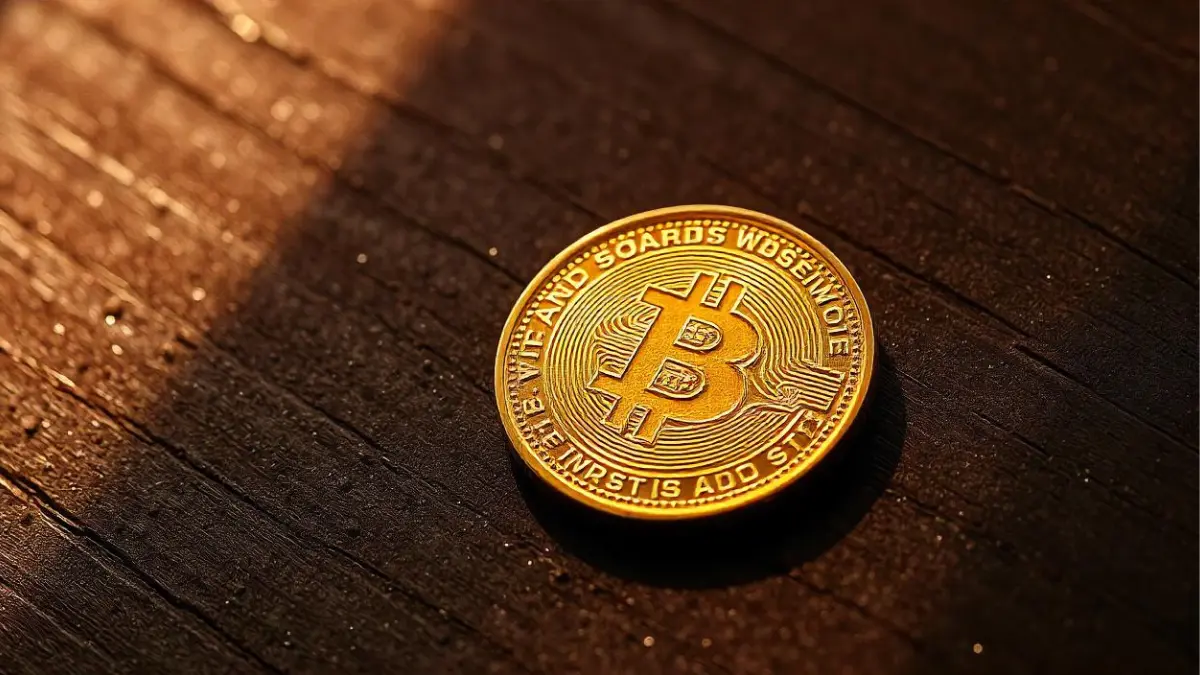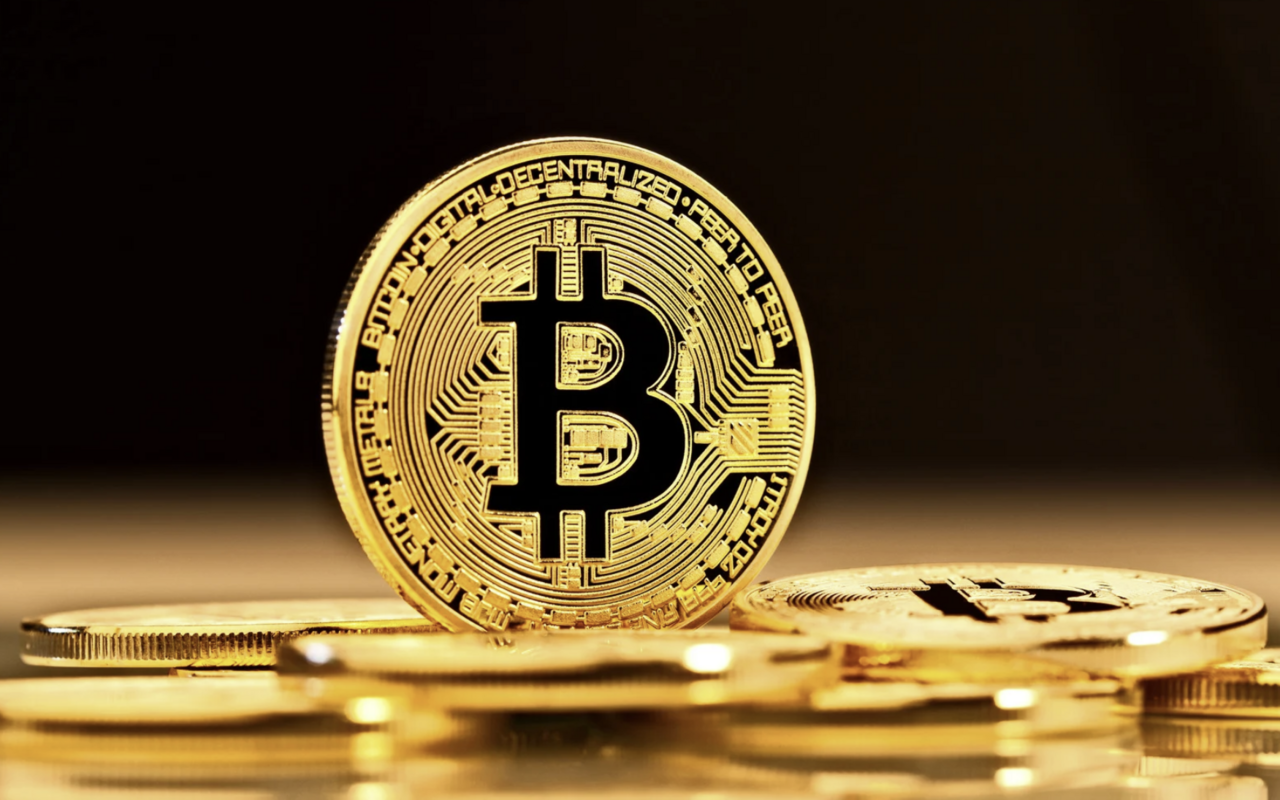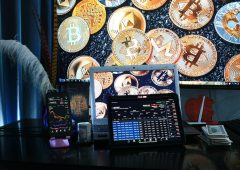What’s The Real Reason Behind Bitcoin’s Surge? Analyst Company Explains
12.07.2025 12:00 2 min. read Kosta Gushterov
Bitcoin touched a new all-time high of $118,000, but what truly fueled the rally?
According to crypto market firm QCP Capital, a mix of political triggers and structural financial shifts are powering this latest price explosion.
One of the core drivers, QCP Capital argues, is the Trump administration’s return to aggressive tariff policy. The looming threat of higher trade taxes has pushed exporters and manufacturers to fast-track shipments and bulk up inventories. This “frontloading” effect has created a burst in trade activity, boosting short-term credit demand across industrial sectors. QCP believes these moves reflect both economic urgency and confidence.
The uncertainty surrounding whether President Trump might delay implementation again only adds momentum to this behavior. Business activity indices remain in expansion territory, showing continued strength even in the face of trade policy turbulence.

Financial dominance fuels market resilience
QCP also points to a structural shift in the financial landscape. Despite elevated interest rates, economic output continues to climb. The U.S. Treasury has adopted a more active debt management approach by issuing short-term bonds and repurchasing longer-duration debt. This strategy helps reduce rate volatility and tightens credit spreads.
Short-term U.S. bonds now behave like near-cash assets, encouraging investors to pile into risk-on trades. As a result, liquidity continues flowing into financial markets, including crypto. Supporting this, the MOVE index remains subdued, reinforcing market stability.
Not a bubble, but a signal of structural demand
Rather than calling the latest Bitcoin rally a bubble, QCP Capital sees it as a natural response to global asset momentum. Copper, often viewed as a barometer for industrial demand, is hitting new highs. Stock markets are soaring. In such an environment, hedging assets like Bitcoin and gold tend to outperform.
ETF inflows and corporate crypto holdings are also outpacing the supply of new tokens. QCP highlights that equities like STRK and SharpLink, which absorbed ETH-related activity, further support the idea of rising, long-term crypto adoption.
-
1
Trump-Linked Truth Social Pushes for Bitcoin-Ethereum ETF as Crypto Strategy Expands
25.06.2025 19:00 2 min. read -
2
Bitcoin Hashrate Declines 3.5%, But Miners Hold Firm Amid Market Weakness
27.06.2025 21:00 2 min. read -
3
Bitcoin’s Price Closely Mirrors ETF Inflows, Not Corporate Buys
26.06.2025 11:00 2 min. read -
4
Crypto Company Abandons Bitcoin Mining to Focus Entirely on Ethereum Staking
26.06.2025 20:00 1 min. read -
5
Bitcoin ETF Inflows Hit $2.2B as Market Calms After Ceasefire
25.06.2025 17:00 1 min. read
Peter Schiff Warns of Dollar Collapse, Questions Bitcoin Scarcity Model
Gold advocate Peter Schiff issued a stark warning on monetary policy and sparked fresh debate about Bitcoin’s perceived scarcity. In a pair of high-profile posts on July 12, Schiff criticized the current Fed rate stance and challenged the logic behind Bitcoin’s 21 million supply cap.
Bitcoin Price Hits Record Highs as Exchange Balances Plunge
A sharp divergence has emerged between Bitcoin’s exchange balances and its surging market price—signaling renewed long-term accumulation and supply tightening.
Bitcoin Lesson From Robert Kiyosaki: Buy Now, Wait for Fear
Robert Kiyosaki, author of Rich Dad Poor Dad, has revealed he bought more Bitcoin at $110,000 and is now positioning himself for what macro investor Raoul Pal calls the “Banana Zone” — the parabolic phase of the market cycle when FOMO takes over.
Bitcoin ETFs See $1B Inflow as IBIT Smashes Global AUM record
Spot Bitcoin ETFs recorded a massive influx of over $1 billion in a single day on Thursday, fueled by Bitcoin’s surge to a new all-time high above $118,000.
-
1
Trump-Linked Truth Social Pushes for Bitcoin-Ethereum ETF as Crypto Strategy Expands
25.06.2025 19:00 2 min. read -
2
Bitcoin Hashrate Declines 3.5%, But Miners Hold Firm Amid Market Weakness
27.06.2025 21:00 2 min. read -
3
Bitcoin’s Price Closely Mirrors ETF Inflows, Not Corporate Buys
26.06.2025 11:00 2 min. read -
4
Crypto Company Abandons Bitcoin Mining to Focus Entirely on Ethereum Staking
26.06.2025 20:00 1 min. read -
5
Bitcoin ETF Inflows Hit $2.2B as Market Calms After Ceasefire
25.06.2025 17:00 1 min. read


